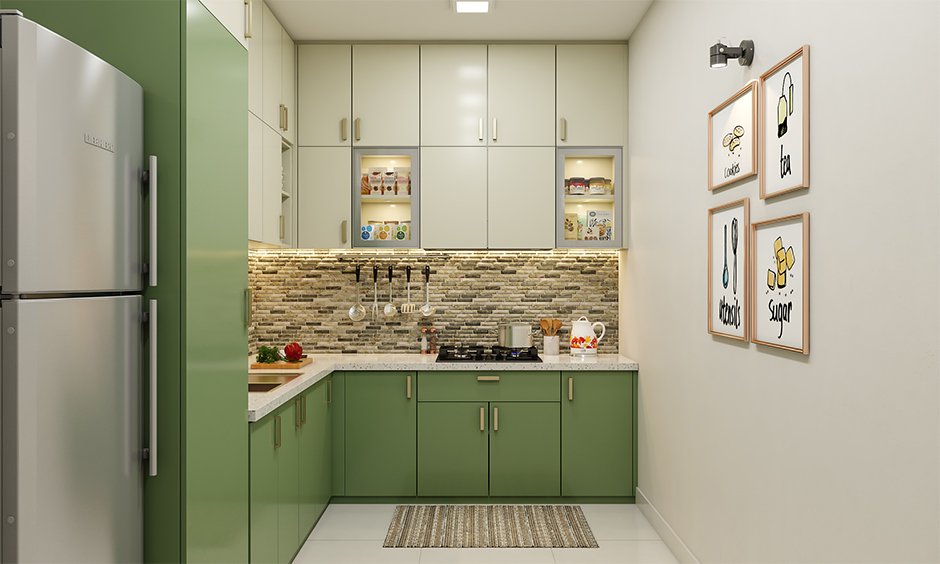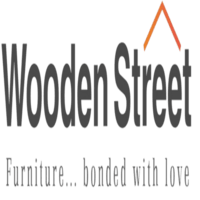Modern Kitchen Design: A Fusion of Functionality and Style

Strong 8k brings an ultra-HD IPTV experience to your living room and your pocket.
The modern kitchen has evolved into a dynamic space, reflecting changing lifestyles, aesthetics, and technological advancements. Today’s modern kitchen design emphasizes functionality, cleanliness, and versatility, offering a blend of efficiency and style. Whether it’s a sleek, minimalist setup or a more vibrant, eclectic space, modern kitchens are tailored to meet the needs of the contemporary homeowner. Here’s an exploration of key elements in modern kitchen design and how they contribute to creating an ideal culinary space.
1. Open Concept Layout
Gone are the days when kitchens were secluded, often walled off from the rest of the home. Today, the open-concept kitchen is at the forefront of modern design, integrating seamlessly with living and dining areas. This layout promotes a sense of space, encourages social interaction, and creates a more fluid living environment. With kitchen islands, breakfast bars, and spacious countertops, the kitchen becomes both a cooking hub and a place for casual gatherings, working, or entertaining.
2. Minimalism and Clean Lines
Modern kitchen designs often embrace a minimalist approach. This style highlights clean lines, uncluttered spaces, and functional design choices that focus on form and function. Flat-panel cabinetry, frameless doors, and hidden hardware contribute to a sleek, seamless appearance. The use of neutral color schemes, such as whites, grays, and blacks, further enhances the simplicity of the space. The idea is to keep the kitchen looking tidy and organized, reducing visual noise and promoting calm.
3. Smart Kitchens and Technology Integration
Incorporating technology into the kitchen is no longer a luxury but a necessity in modern design. The rise of “smart kitchens” has led to appliances that are more connected and efficient than ever before. Touchless faucets, voice-activated lighting, and smart refrigerators that can track grocery items and expiration dates are becoming commonplace. Induction cooktops, built-in ovens, and automated dishwashers are all designed to save time and energy, making meal preparation more efficient. Modern kitchens also feature under-cabinet lighting, programmable coffee makers, and wireless charging stations to ensure the space is both practical and innovative.
4. High-Quality Materials
Material selection plays a significant role in achieving a modern aesthetic while maintaining durability and function. Popular materials in contemporary kitchens include quartz, granite, and marble for countertops, as well as stainless steel, brass, and matte finishes for hardware. Quartz countertops, in particular, have gained immense popularity due to their low maintenance, resistance to stains, and variety of colors and textures. Natural wood, while still appreciated, is now combined with modern materials for a more balanced, contemporary look. Backsplashes made from glass, subway tiles, or even innovative materials like recycled glass or ceramic offer both aesthetic appeal and practicality.
5. Functional Storage Solutions
A key feature of modern kitchen design is maximizing storage while maintaining an uncluttered space. Custom cabinetry is designed to offer efficient, space-saving solutions, from deep drawers that eliminate the need for reaching into low cabinets to pull-out shelves that make items easy to access. Hidden storage compartments, such as pull-out pantries, built-in spice racks, and concealed trash bins, contribute to maintaining a tidy environment. Many modern kitchens also integrate floating shelves, which provide easy access to kitchen essentials while offering an opportunity to display decorative items.
6. Bold Color Schemes and Accent Pieces
While the minimalist palette dominates modern kitchen designs, the use of bold accents is a growing trend. Color schemes incorporating deep blues, greens, or warm earthy tones, such as terracotta or mustard, are being used strategically in cabinetry, appliances, or accent walls. This adds personality to the space without overwhelming it. Another popular trend is the use of two-tone cabinetry, where upper cabinets contrast with the lower ones for a striking visual effect. The integration of accent pieces like vibrant bar stools, colorful rugs, or eye-catching light fixtures can further personalize the kitchen while maintaining a modern appeal.
7. Eco-Friendly and Sustainable Design
Sustainability is a growing concern in all aspects of home design, and modern kitchens are no exception. Designers are incorporating eco-friendly practices by choosing energy-efficient appliances, LED lighting, and water-saving fixtures. Materials like recycled wood, low-VOC paints, and sustainable countertops made from renewable resources (e.g., bamboo or recycled paper) are becoming increasingly popular. Composting stations, energy-efficient stoves, and induction cooktops are not only environmentally friendly but also align with the modern kitchen's focus on functionality and practicality.
8. Seamless Integration with Outdoor Spaces
Another key element in modern kitchen design is the integration of the kitchen with outdoor spaces. As more people embrace outdoor living, designers are creating kitchens that flow into patios, terraces, and backyards. Outdoor kitchens with grills, countertops, and sinks allow for dining and cooking al fresco, extending the usable space of the home. Large sliding glass doors or bi-fold windows open the kitchen to natural light and fresh air, blurring the line between indoor and outdoor living. This trend is particularly popular in homes with open-plan designs, where the kitchen becomes the heart of both indoor and outdoor socializing.
9. Lighting Design
Lighting plays an essential role in modern kitchens, where it not only enhances the aesthetic appeal but also improves functionality. Layered lighting strategies, incorporating task, ambient, and accent lighting, are crucial for creating the right atmosphere. Task lighting, such as under-cabinet lighting or pendant lights above the kitchen island, ensures work areas are well-lit. Ambient lighting, such as recessed ceiling lights, provides a soft overall glow, while accent lighting highlights key features, such as artwork or architectural details. Additionally, energy-efficient LED lights are a preferred choice for their longevity and low energy consumption.
Conclusion
Modern kitchen design is about more than just creating a stylish space; it’s about creating a functional, efficient, and comfortable environment for cooking, entertaining, and everyday living. With a focus on open-concept layouts, smart technology, high-quality materials, and innovative storage solutions, today’s kitchens reflect the needs of the modern homeowner. By combining cutting-edge design with timeless elements, the modern kitchen has become a central, dynamic hub in the home. Whether you’re planning a kitchen remodel or simply looking for inspiration, modern kitchen design offers endless possibilities to create a space that is both beautiful and practical.
Note: IndiBlogHub features both user-submitted and editorial content. We do not verify third-party contributions. Read our Disclaimer and Privacy Policyfor details.


